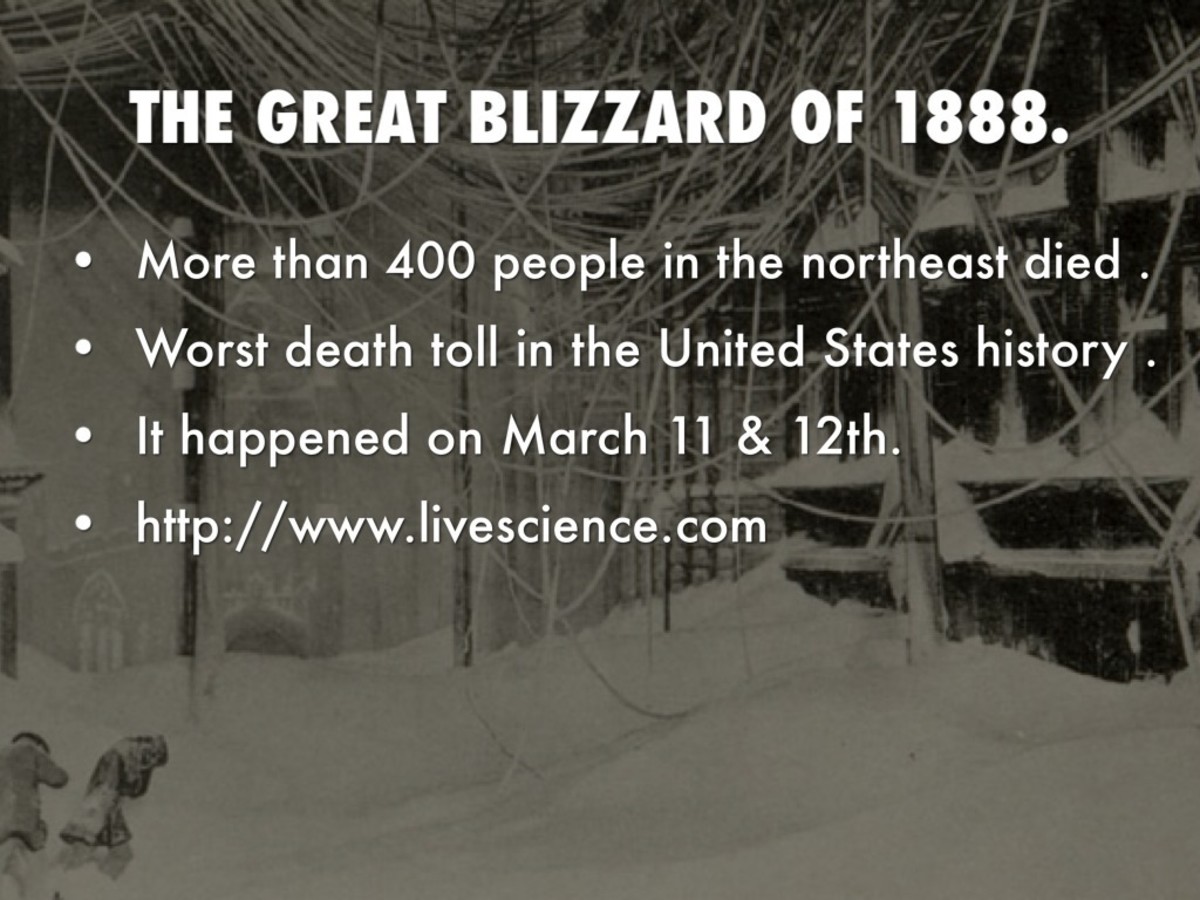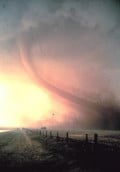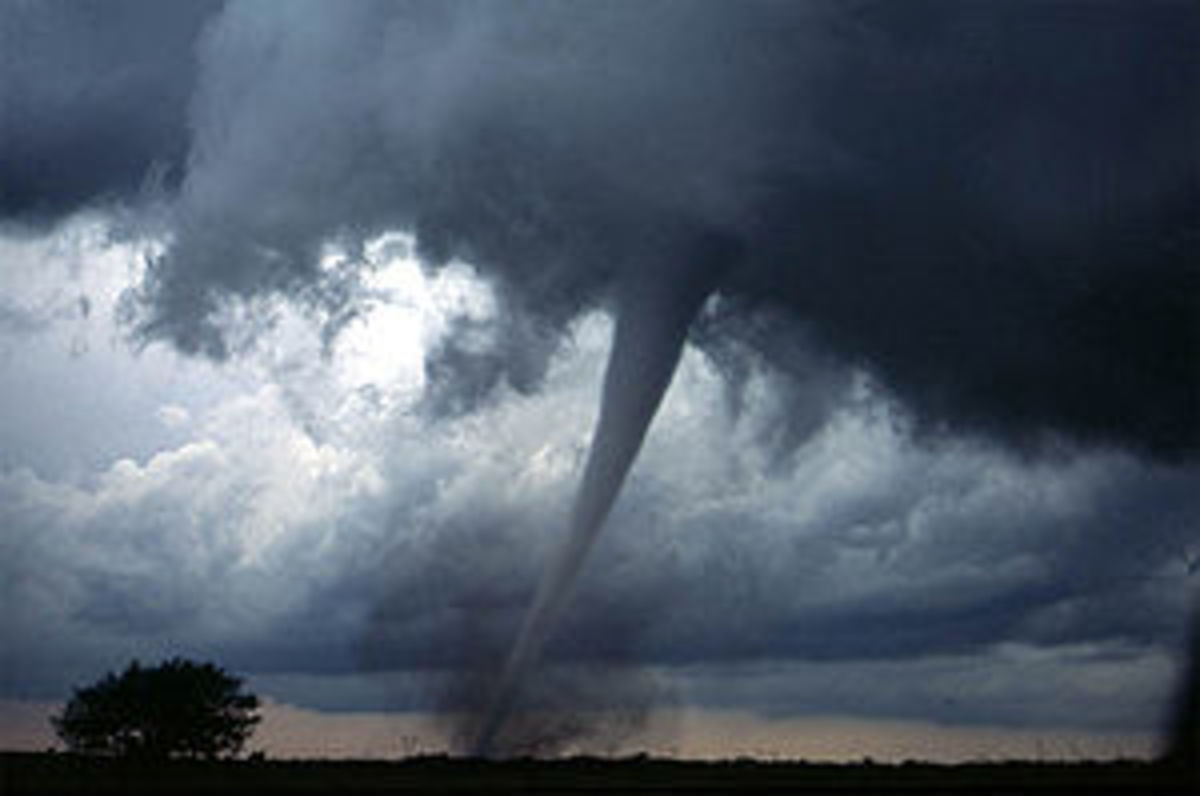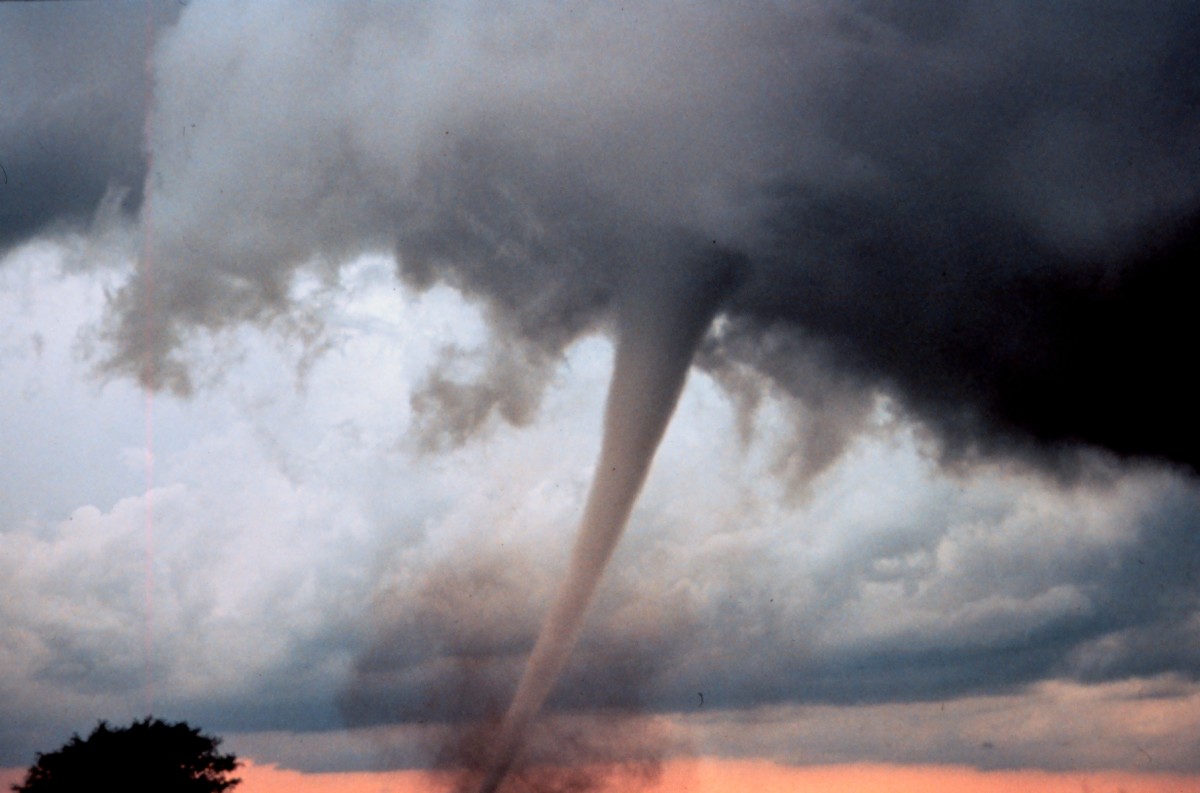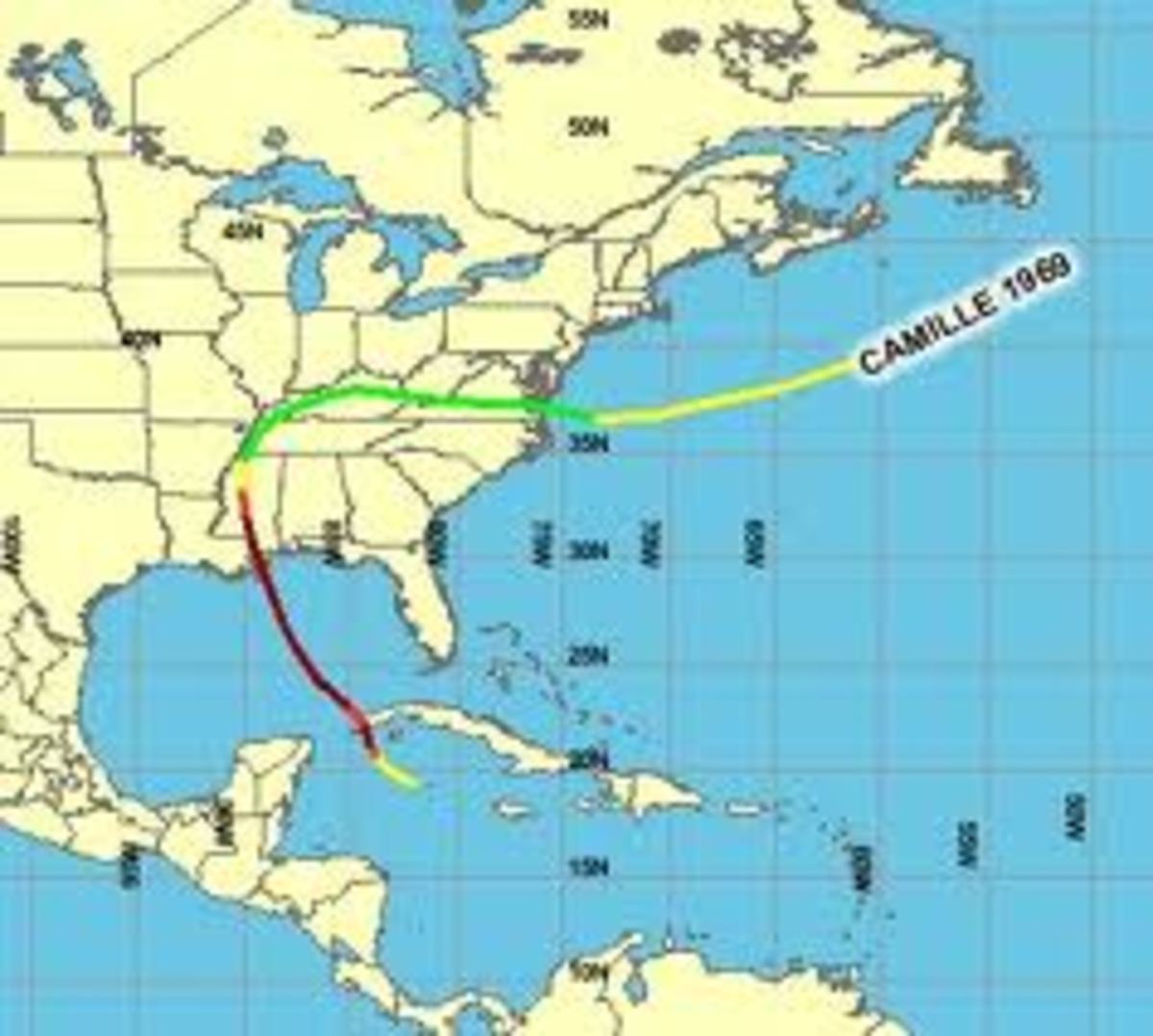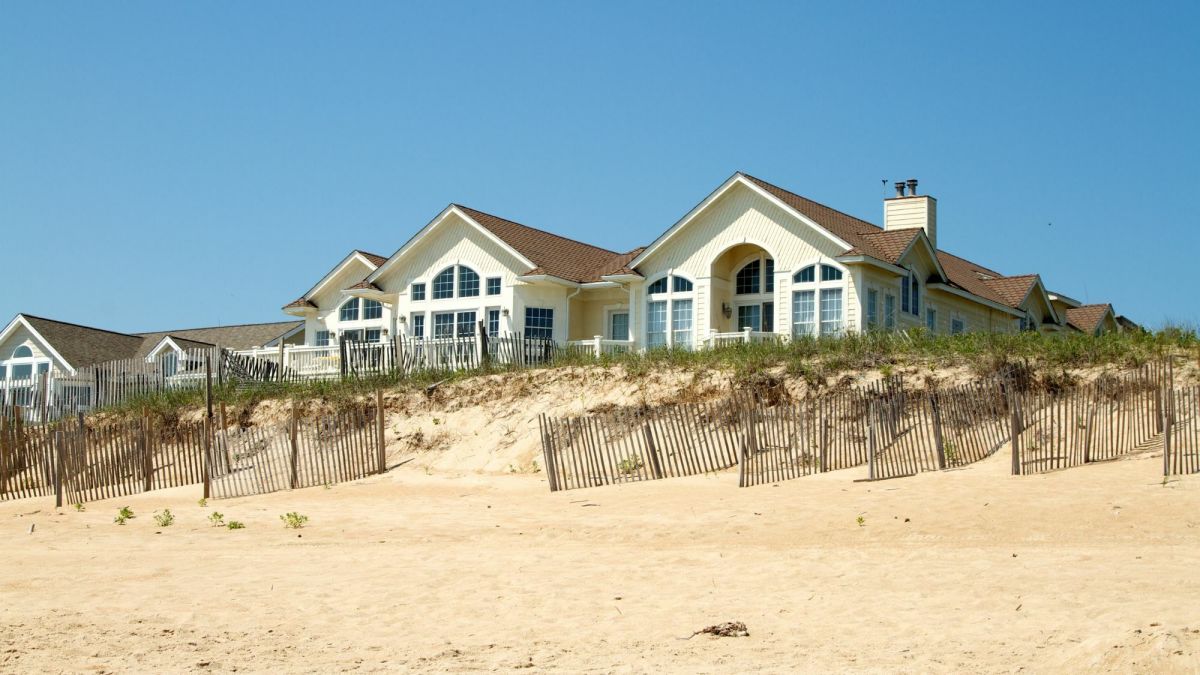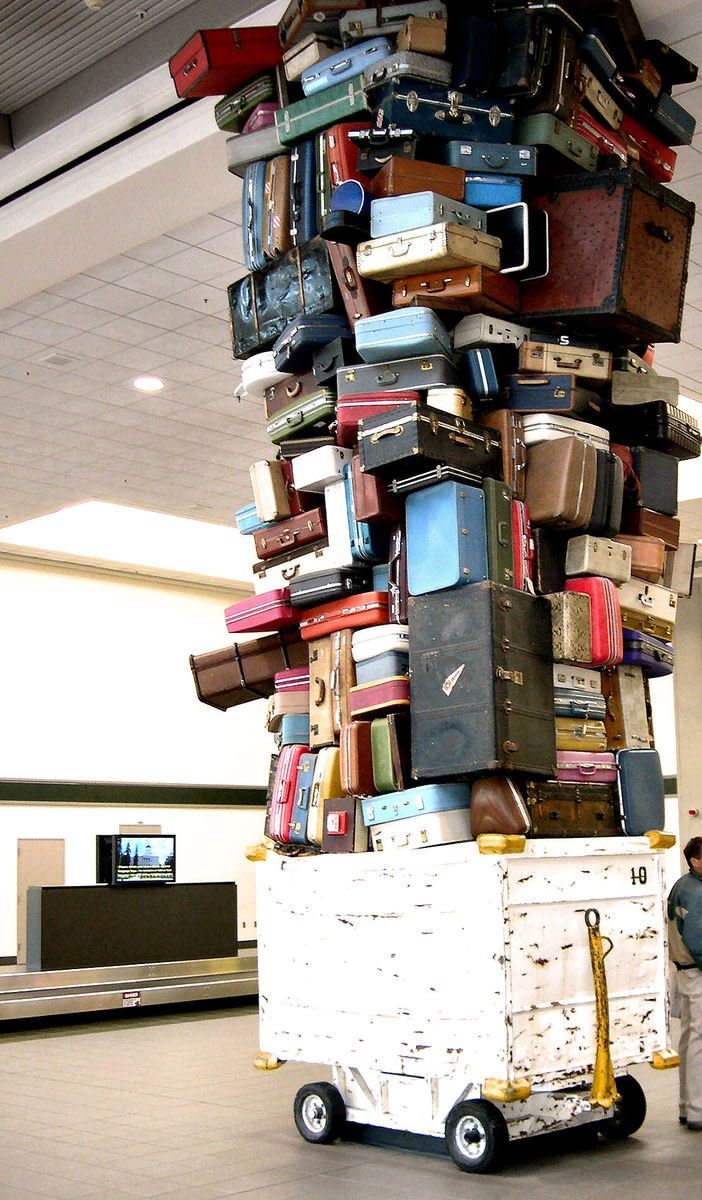Storm Preparation: Tornadoes, Rain Storms, Hurricanes and Blizzards
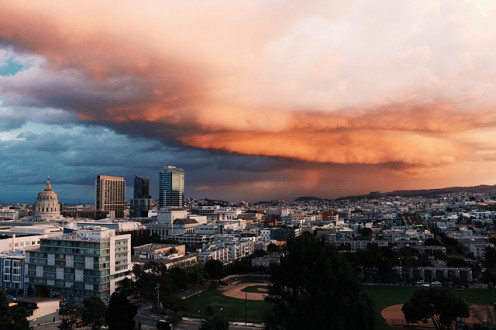
Make Plans in Place for your Family and Home
Have a family disaster plan for types of emergencies most likely to happen to you. The first thing you should do is prepare a disaster supply kit. Teach your children to call for help next door or on the telephone and help them to memorize important information such as family name, address and phone numbers. Stay informed of weather and road conditions through local news and react quickly to weather warnings. If advised to evacuate, do so immediately and take your disaster supply kit with you!
Prepare your home and check the roof, chimney walls and the foundation for potential clogged gutters, or loose shingles! Trim trees of dead or threatening branches. Put loose chairs or items in the shed or garage. Keep a ladder in garage. Fill bathtubs and the sinks full with water in case of water outages. Fill bottles and pots with water. If the power goes out, turn off the stove and major appliances to avoid a surge or fire when the power is restored.
Tornado! YouTube - Pecos Hank
Make Emergency Disaster Supply Kits
Emergency Kit for House
| Emergency Kit for Car
| Emergency Kit for Vacation
|
|---|---|---|
Large Box or Bag for Kit
| Large Tote Bag
| Large Tote Bag or Suitcase
|
Battery-operated Radio
| Flashlight and extra Batteries
| Signal Flare
|
Cell phone and charger
| Cell phone and charger
| Cell phone and charger
|
Minimum of 3 gallons of water per person-in plastic bottle containers (3 day supply)
| 2 gallons of water per person - (2 day supply)
| 6 Water bottles for 1 day per person
|
20 variety of can goods - Granola bars, chips, canned meat, milk and cereals
| Granola bars, chips, canned meat
| Granola bars, chips, canned meat
|
Candles and Flashlights with Batteries
| Raingear or umbrella, hat and gloves
| Umbrella, Blankets
|
Outdoor grill, charcoal and lighter fluid and aluminum foil
| First Aid Kit
| First Aid Kit and aspirin (for fever)
|
Stocked tissue, Hand Sanitizer, Female Napkins and Baby Products
| Hand Sanitizer
| Hand Sanitizer
|
Lighters, Matches, Non-electric Can opener
| Blankets and coats or jackets
| Whistle and pepper spray
|
Keep purse or wallet near you with copy of insurance policies and will in them
| List of Important telephone numbers (family), social security cards, and imminuzation records
| Cash or travelers checks, record of credit card account numbers
|
Family records (birth, marraige, death certificates) and family phone numbers for emergency contact - keep in water-proof container
| Clean supply of clothes for 2 days
| List of Important telephone numbers (family), copy of passports, social security cards, and imminuzation records
|
2 weeks Clean supply of Clothes, Towels and Barsoap
| Insurance information in glove department
| Moistened towelettes, and dry hand towels
|
First Aid Kit with thermometer, tweezers, 2 pairs of latex gloves, needle, soap, petroleum jelly
| Perscriptions and diabetic supplies, cash
| First Aid Kit with thermometer, tweezers, 2 pairs of latex gloves, needle, soap, petroleum jelly
|
Pepper spray and self-defense tool
| Hunting knife, pepper spray, flare gun
| Perscriptions and diabetic supplies
|
Pain killers and medicine for colds
| Jack and spare tire fix kit, tools
| Pain killers, antacids, burn ointment
|
If you have children with you, include small toys and diapers and baby items in your emergency tote bags, or boxes to last for 2 weeks if possible. Pet supplies and food for pets to last for 1-2 weeks if at home.
Floods
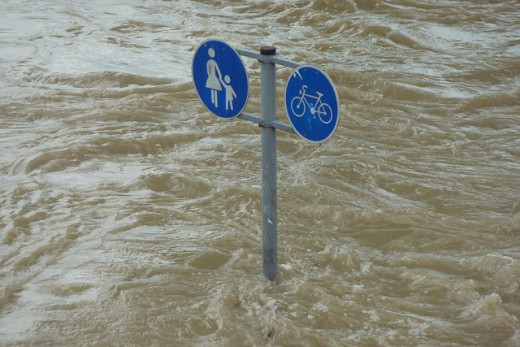
Important Safety Tips
Have flood insurance if you live near lakes and rivers. If you live in a mobile or manufactured home, have a safe shelter that you can get to quickly in case of hurricanes and floods. Some weather stations will send you text alerts or phone calls in case of severe weather. If you are in a bad weather prone area, sign up for the special weather alerts. Keep the radio on also for alerts. Prepare for plan for pets too. Make sure pets have current identification tag with phone number or address.
Use grills outside for cooking and do not use outdoor grills for heating the home or carbon monoxide poisoning could occur. Power generators are especially helpful in power outages from hurricanes or blizzards. When in use, keep the generator outside or in a dry well-ventilated area to prevent carbon monoxide poisoning and electric shock. Make sure to have plenty fuel stored and away from children. If you connect your appliances to the generator, use the appropriate-sized extension cord. Never connect to a wall outlet ("backfeed" can occur putting you and workers repairing lines at risk of electrocution). Consult an electrician ahead of time about proper connection to ensure safety of generator.
Buffalo New York 2014 Blizzard! - video by Charles Walton
Storm Shelter Links
- Emergency Shelters
During a disaster, find your nearest shelter with the Shelter Finder App from American Red Cross. - Emergency Alerts | Ready.gov
- Preparedness
Tornado Preparedness and Response - Preparedness
© 2015 Ms Quick

